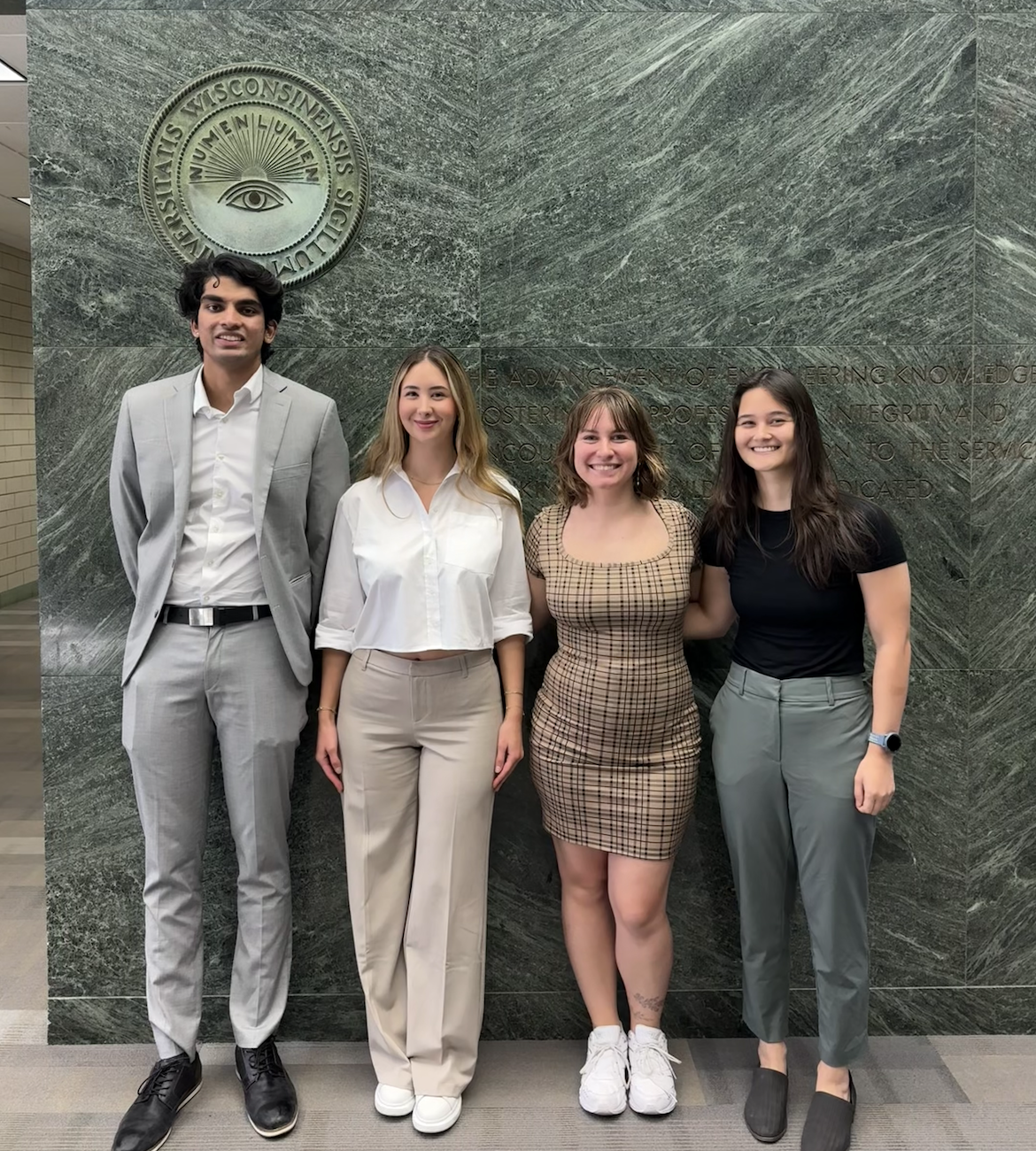Local antibiotic delivery system for tissue expander salvage
This project has been secured to protect intellectual property.
Login for More InformationTo develop a local antibiotic delivery device/solution to aid in the treatment of periprosthetic implant infections and help mitigate the delay and/or abandonment of breast reconstruction
Project Overview
Implant-based reconstruction is the most common type of post-mastectomy breast reconstruction accounting for approximately 80% of all cases. Many of these patients develop periprosthetic infections during the expansion phase which frequently lead to implant loss and reconstruction failure. Despite this, there remain few options for tissue expander salvage once a periprosthetic infection is established. Typical treatment involves hospital admission for a trial of IV antibiotics and possible percutaneous drain placement, surgical washout of the breast pocket and implant removal, and delayed reconstruction 4-6 months later. Delayed reconstruction is invariably more difficult given extensive scarring and loss of skin envelope which can result in a poor aesthetic outcome. Some patients ultimately abandon reconstruction altogether following an infection as removal of the implant restarts the entire reconstructive process, adding more months, surgeries, and office visits to an already physically, mentally, and emotionally challenging time in their life.
There has been recent attention investigating local antibiotic delivery systems (LADs) as a solution for tissue expander salvage. LADs are popular in other surgical fields, notably orthopedic surgery where antibiotic bone cement is used to treat and maintain the joint space for patients with joint arthroplasty infections. However, despite the similarities, the use of LADs within plastic surgery remains limited. Recent literature is promising with some groups demonstrating efficacy of antibiotic-loaded PMMA plates with simultaneous implant exchange, continuous closed irrigation, and antibiotic calcium sulfate beads with implant exchange. However none of these have been widely adopted, most likely due to ease of use, inability to tailor antibiotic regimen, and some requiring prolonged hospitalization.
Therefore, we are looking to develop a local antibiotic delivery device to aid in the treatment of periprosthetic implant infections. The ideal device would be minimally invasive, quick and easy to use in the OR, able to tailor antibiotics to patient specific culture data, and would not require the patient to be hospitalized while in use. We anticipate such a device could help mitigate the emotional, physical, and financial burden periprosthetic infections have on our patients.
Team Picture

Contact Information
Team Members
- Rishi Mereddy - Team Leader
- Valorie Tello - Communicator
- Ms. Emily Stoebe - BSAC
- Ipek Kadioglu - BWIG & BPAG
- Dhawan Apoorva
- Ruby Armstrong
Advisor and Client
- Dr. Russ Johnson - Advisor
- Dr. Rachel Smith - Client
Related Projects
- Spring 2025: Local antibiotic delivery system for tissue expander salvage
- Fall 2024: Local antibiotic delivery system for tissue expander salvage
